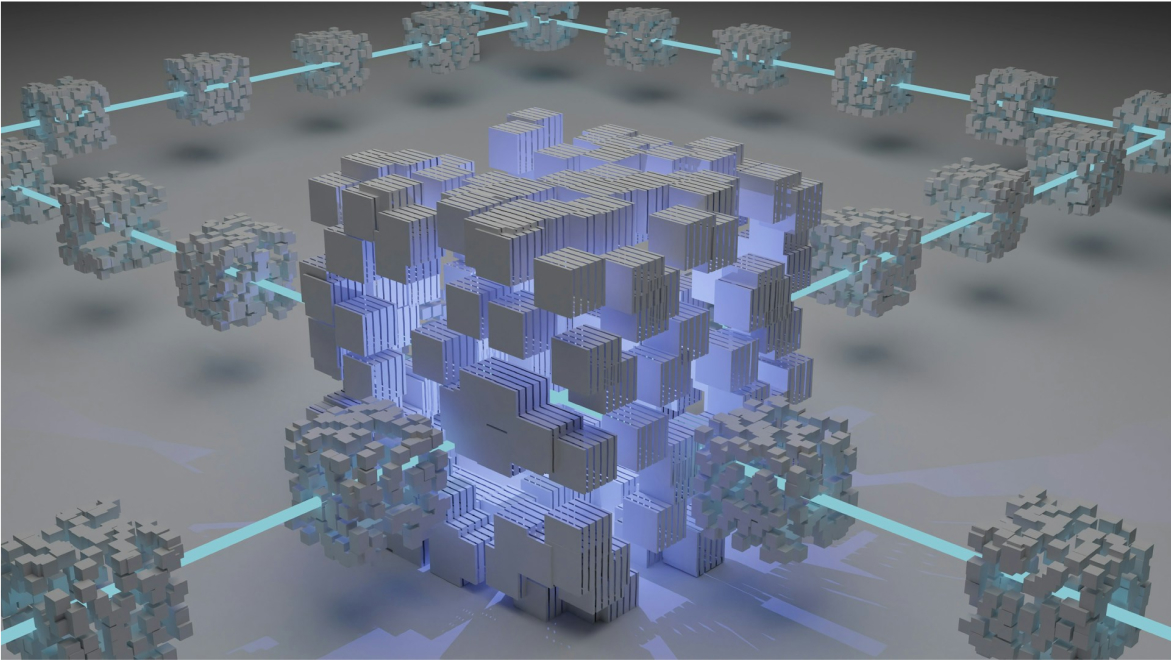Post
Share your knowledge.

Understanding Sui’s Object-Centric Model
Most blockchains treat tokens and smart contract states as entries in a giant shared ledger, but Sui flips that on its head. Instead of working with a massive global state, Sui is built around objects — self-contained pieces of data that live on-chain and can be owned, transferred, or modified.
Think of objects like parcels in a post office. Each has a unique ID, a defined owner, and specific contents. The blockchain’s job is to make sure these parcels can’t be stolen, duplicated, or altered without the owner’s consent. In Sui, an object can be anything: a coin, an NFT, a game character, a piece of land in a metaverse, or even a smart contract’s internal data structure.
There are two main types of objects in Sui: • Owned objects — belong to a specific address. Only that address (or its authorized smart contracts) can modify them. • Shared objects — accessible to multiple users. These require stricter transaction ordering and consensus because multiple people might interact with them at the same time.
The real magic comes from Move’s resource-oriented design. In Sui, objects are stored as resources, which means they can’t be copied or accidentally deleted. If you transfer an object, the original is gone — no duplicates, no ghost entries. This keeps the system safe and predictable.
When you send a transaction in Sui, you’re basically saying, “I want to take this object, do something to it, and produce a new version.” The blockchain verifies that you actually own the object and that your action is allowed, then updates the state accordingly.
For developers, this approach is game-changing. It means: • You can design applications where every asset is a first-class citizen, not just a database row. • Transactions involving unrelated objects can run in parallel, making the network much faster than traditional chains. • Complex game items, DeFi positions, or identity credentials can exist as secure, transferable objects.
Here’s a quick example: imagine you build a marketplace for in-game swords. Each sword is an object with stats like attack power, durability, and rarity. When a player upgrades their sword, they’re replacing the old object with a new one that has updated stats. The blockchain ensures only the rightful owner can make that change — and no one else can duplicate the sword.
Understanding this object-centric model is the key to building truly interactive and scalable apps on Sui. It shifts your mindset from “updating variables in a global contract” to “passing real-world-like assets around in a secure, verifiable way.”
- Sui
- Architecture
Sui is a Layer 1 protocol blockchain designed as the first internet-scale programmable blockchain platform.

- ... SUIMatthardy+2095
- ... SUIacher+1666
- ... SUIjakodelarin+1092
- ... SUIChubbycheeks +1081
- ... SUITucker+1047
- ... SUIKurosakisui+1034
- ... SUIzerus+890
- Why does BCS require exact field order for deserialization when Move structs have named fields?65
- Multiple Source Verification Errors" in Sui Move Module Publications - Automated Error Resolution55
- How to Maximize Profit Holding SUI: Sui Staking vs Liquid Staking414
- Sui Transaction Failing: Objects Reserved for Another Transaction49
- Sui Move Error - Unable to process transaction No valid gas coins found for the transaction316